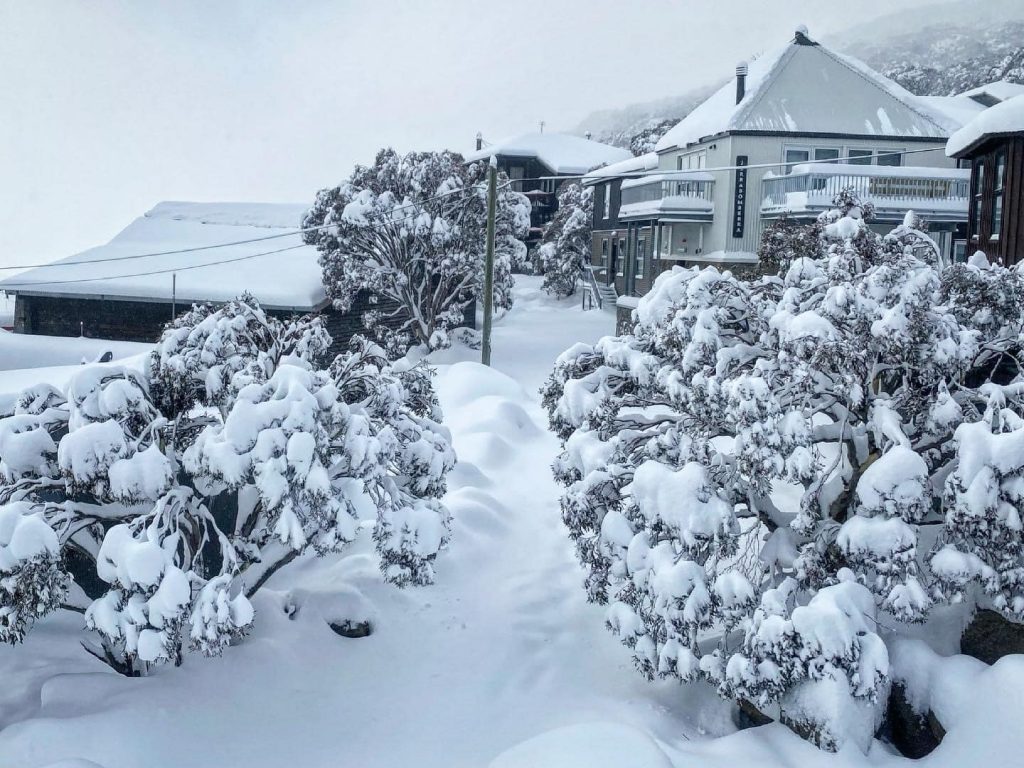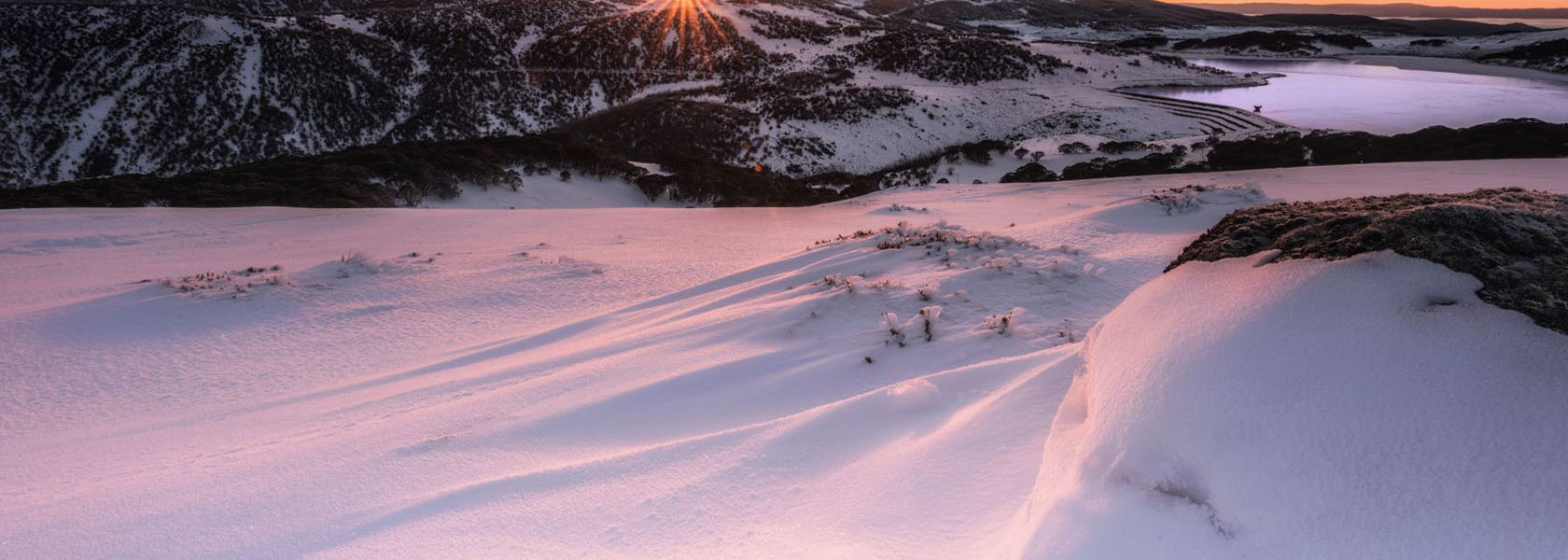Discover the Interesting Impacts of Snow in Australia on Neighborhood Communities
Regardless of its track record for sun-soaked landscapes, Australia likewise flaunts regions buried by snow-- a sensation that profoundly affects the country's unique ecosystems. The insulating properties of snowflakes protect vegetation and animals among the chilliest winter seasons, while the melting snow nurtures rivers and water life. The actual wonder lies in how these frosty problems shape the country's biodiversity and nutrient cycles. As we untangle this detailed partnership, we locate ourselves treading on uncharted grounds in Australia's high nation.
The Unanticipated Areas of Snowfall in Australia
The high country regions of New South Wales, Victoria, and Tasmania are specifically recognized for their winter months snow. The Snowy Mountains in NSW, for circumstances, receive bountiful seasonal snow, offering a stark comparison to the nation's typical warm, arid climate. The presence of snow in these regions significantly affects local communities, ultimately influencing the nation's unique biodiversity.

Just How Snow Impacts Australia's Unique Plants
While it might appear uncommon, snowfall in Australia plays an essential duty in forming the country's special plants. The snow-filled winter seasons foster durability in Australian plant varieties. This is particularly evident in the towering and sub-alpine areas, where snow periodontals and mountain plum-pines flourish. These plants have advanced to endure in extreme problems, with snow offering as a safety blanket from harsh winds and freezing temperatures. The snow additionally adds to the wetness material of the dirt, giving necessary hydration for plant throughout the completely dry summer season. In significance, the snow influences the timing of flowering and seed dispersal, the growth rates, and the survival of many plant varieties, showcasing the complex interaction in between environment and flora in Australia.

The Adjustments of Australian Fauna to Snowfall
Equally as Australia's vegetation has actually adjusted to the wintery problems, the local fauna as well, exhibit remarkable adjustments to the snowfall. Types like the Mountain Pygmy-possum, the only Australian marsupial understood to hibernate, have actually progressed strategies to survive in snowy environments. It uses the snow as insulation, hibernating in rock holes beneath the snow to remain cozy. Similarly, the Snow Skink, a varieties of reptile, transforms its colour to white during winter, offering camouflage against predators. Birds such as the Snowy Mountains' Crimson Rosella also readjust their diets to take in readily available food resources during colder periods. Hence, despite the severe problems, Australian animals shows a durable and adaptive nature, guaranteeing their survival in regions experiencing snowfall.
The Role of Snow in Forming Local Ecological Communities
Fit the local ecosystems, the function of snow in Australia is both extensive and multilayered. It influences the Homepage circulation of flora and animals, mainly defining the biodiversity of sub-alpine and towering regions. Snow offers a crucial water resource, feeding rivers and tanks as it melts, thus sustaining a variety of water life types. Furthermore, snow serves as an insulator, shielding ground-dwelling organisms from extreme cold. It plays a substantial duty in soil development and nutrient cycling. The regular cold and thawing of soil generated by snowfall cultivates the malfunction of rocks, improving soil fertility. The visibility of snow shapes the greenery patterns, pet behavior, and overall sustainability of Australia's unique communities.

The Future of Snowfall in Australia: Implications and forecasts

Offered the vital duty snow plays fit regional communities, the future of snowfall in Australia is attracting enhancing attention from researchers and conservationists. Current climate versions predict a considerable reduction in snowfall because of global warming, with potentially extensive influence on neighborhood communities. Much less snow might lead to reduced water availability in alpine areas, negatively affecting wild animals environments and plant life. It could modify the timing of seasonal adjustments, interrupting the life cycles of numerous indigenous types. The tourism industry, heavily dependent on the winter snow season, may likewise face significant obstacles. Consequently, recognizing these forecasts and their ramifications is crucial to create reliable preservation methods, guaranteeing the conservation of Australia's one-of-a-kind biodiversity and the sustainability of its economic situation.
Final Thought
The role of snow in Australia's environments is pivotal yet usually forgotten. Thus, the snow in Australia is much more than an all-natural spectacle; it's an important gamer in the country's environmental story.
In spite browse around these guys of its online reputation their explanation for sun-soaked landscapes, Australia also flaunts areas blanketed by snow-- a phenomenon that profoundly influences the nation's one-of-a-kind ecosystems. It uses the snow as insulation, hibernating in rock holes below the snow to remain warm - Does It Snow In Australia.In forming the neighborhood ecological communities, the role of snow in Australia is both multilayered and extensive. The visibility of snow forms the plant life patterns, pet behavior, and total sustainability of Australia's unique ecosystems
Provided the important function snow plays in forming neighborhood environments, the future of snowfall in Australia is drawing raising attention from ecologists and scientists.